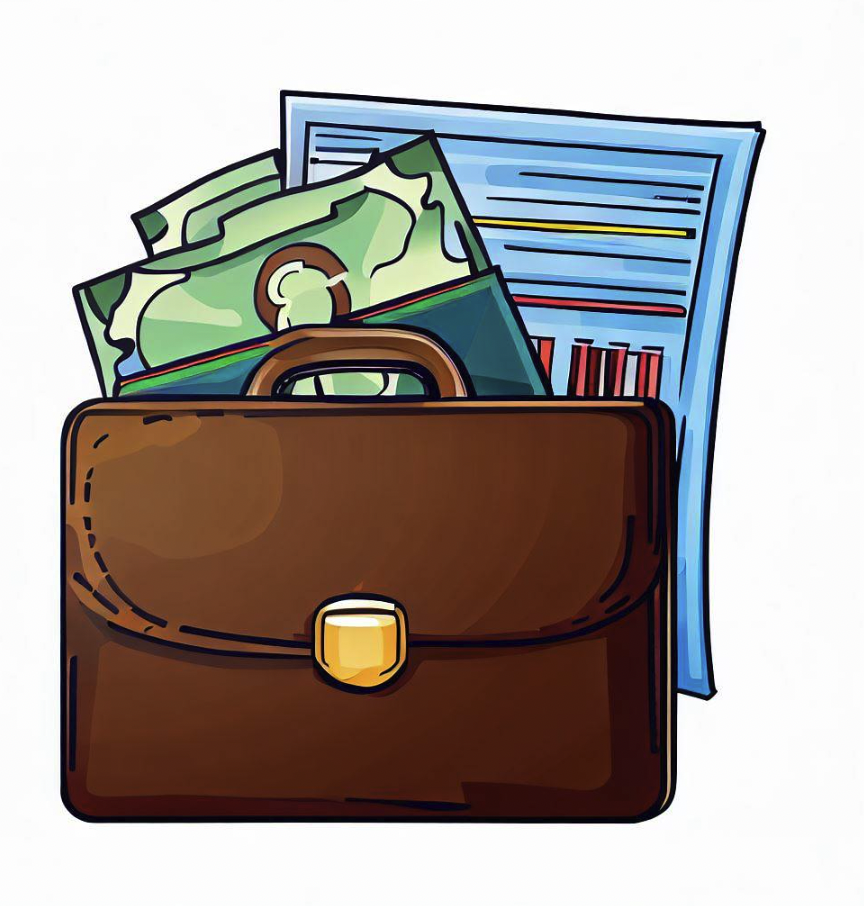There can be several reasons why currency exchange services in foreign countries might offer less money for older denominations of the same bill.
Let’s take a look.
Table of Contents
Counterfeiting Concerns
Older bills might lack the advanced security features present in newer denominations, making them more susceptible to counterfeiting.
To account for the risk of potentially accepting counterfeit money, some exchange services might offer a lower rate or refuse to accept older bills altogether.
Wear and Tear
Older banknotes might be in worse physical condition due to wear and tear, making them less desirable.
If the condition of the bill is poor, it might not be accepted by banks or could incur a fee for replacement.
Limited Acceptance
Some businesses or even banks in the foreign country might refuse to accept older bills, making them less liquid and harder to use.
An exchange service would be less inclined to offer a competitive rate for such bills if they know they’ll have difficulty using or exchanging them later.
Cost of Returning to Issuing Bank
Sometimes, especially with significantly older denominations, the currency might need to be returned to the issuing bank or country for it to be taken out of circulation or replaced with a newer denomination.
This process can have associated costs and time delays.
Differences in Collector’s Value
Some older bills can have collector’s value, but it’s specialized knowledge.
General currency exchange offices might not have the expertise to appraise and sell such bills in collector’s markets, so they might undervalue them or avoid the complexity by simply offering a reduced rate.
Public Perception
In some cases, older notes might be viewed with suspicion by the public, even if they’re still legal tender.
Exchange services might be responding to this public perception.
Regulatory Reasons
Sometimes, countries phase out older bills and introduce new ones as part of anti-black money campaigns or other regulatory decisions.
In such cases, older bills might not be accepted after a certain grace period, or they might need to be deposited directly in banks, making them less valuable in foreign exchange markets.
How Much of a Commission Is Reasonable for a Foreign Exchange Service?
The “reasonable” commission for a foreign exchange service can vary widely based on several factors, such as the country, the specific location of the exchange service (e.g., airport vs. city center), the currency being exchanged, and competition among service providers.
However, here are some general guidelines to consider:
- Percentage Commission: Some foreign exchange services charge a percentage of the total amount being exchanged. A common range for this type of commission is 1% to 3%. However, it’s worth noting that in areas with less competition (like airports or touristy spots), this percentage can be much higher.
- Flat Fee: Some services will charge a flat fee regardless of how much you’re exchanging. If you’re exchanging a small amount, this can be a significant percentage. If you’re exchanging a larger amount, it might be more reasonable. Fees can range from a couple of dollars/euros/pounds to much more, depending on the location and the service.
- Combined Fee Structure: Some services will charge both a flat fee and a percentage. This can quickly add up, so it’s essential to be aware of both costs when exchanging money.
- Hidden Margins: Even if a service advertises “No Commission,” they might not offer the actual market exchange rate. Instead, they might provide a rate that has a significant margin built into it, effectively giving them a commission without calling it that. Always compare the rate you’re offered with the current market rate (which you can find online) to see how much margin they’re taking.
- Bank Fees: If you’re using an ATM or a bank service in a foreign country, be aware of any additional fees your home bank might charge for international transactions or conversions.
- Competitive Markets: In areas where there are multiple exchange services, competition can drive down fees. It’s always worth shopping around a bit to see where you can get the best rate.
- Online and Mobile Services: With the rise of online and mobile banking, there are now many apps and services that offer competitive foreign exchange rates, often with low or no fees. These can sometimes be a more cost-effective option than traditional brick-and-mortar exchange services, especially if you’re exchanging larger amounts.
As a rule of thumb, always ask about all potential fees before making an exchange and try to get the total effective rate (including any commission and fees) to compare across different service providers.
Remember that it’s not always about the advertised “no commission” but about how much of the foreign currency you end up with in your pocket relative to how much you gave.
Conclusion
If you’re planning to exchange money abroad, it’s always a good idea to bring newer, crisp, and undamaged banknotes to ensure the best exchange rates and smoothest experience.


